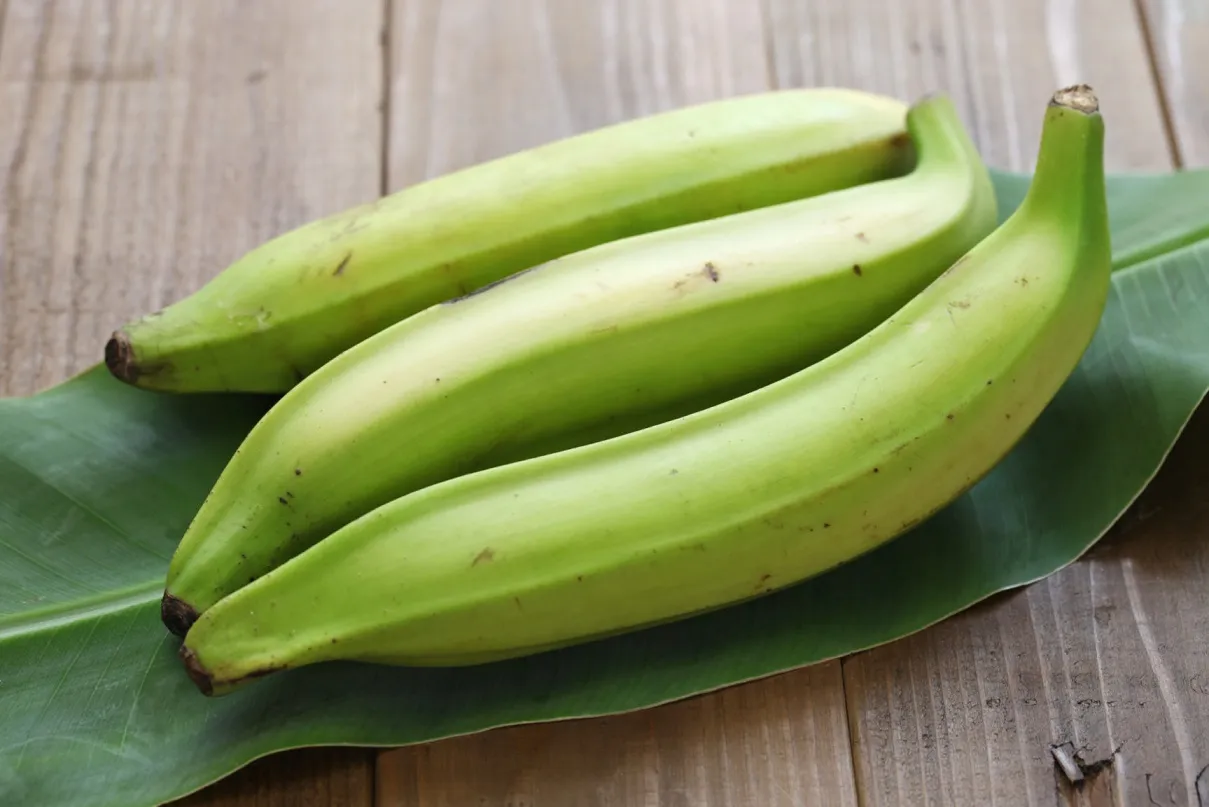With Nigeria’s growing population and rising demand for food, increasing farm yields has become essential. Smallholder farmers, who produce about 80% of Nigeria’s food, often face challenges like poor soil fertility, limited access to inputs, and outdated techniques. However, adopting smarter farming practices and technologies can significantly improve productivity.
Check out 10 practical strategies Nigerian farmers can use to boost their crop yields and profitability.
1. Use Quality Seeds
The foundation of any productive farm is good seed. Investing in certified, disease-resistant, and high-yielding seed varieties can drastically increase output. Agencies like the National Agricultural Seeds Council (NASC) and private seed companies offer improved maize, rice, soybean, cassava, and vegetable seeds specifically adapted to Nigerian climates.
Pro Tip: Avoid planting grains from the previous harvest, as they may carry diseases or have low germination rates.
2. Practice Crop Rotation
Crop rotation involves alternating different crops on the same plot across seasons. This technique improves soil fertility, breaks pest cycles, and reduces disease build-up. For example, rotating maize with legumes like cowpeas or groundnuts enriches the soil with nitrogen.
Why it works in Nigeria: Legumes are native and easily available. They also require less fertilizer and help maintain soil structure in tropical zones.
3. Adopt Organic and Inorganic Fertilizers
Many Nigerian soils, especially in the North and parts of the South-West, are depleted of nutrients. Balanced application of fertilizers—both organic (manure, compost) and inorganic (NPK, urea)—can replenish nutrients and improve yields.
Use tip: Conduct a soil test before applying fertilizers. Overuse of chemical fertilizers without guidance can degrade the soil in the long term.
4. Implement Irrigation Systems
Nigeria’s rain-fed agriculture is vulnerable to erratic rainfall, especially in the Sahel and northern zones. Using simple irrigation systems like drip irrigation, treadle pumps, or sprinklers ensures crops get water even during dry spells.
Bonus: Irrigation allows for dry season farming (popularly called off-season farming), giving farmers more income opportunities throughout the year.
5. Pest and Disease Management
Pests like armyworms, aphids, and whiteflies, and diseases such as maize streak virus or cassava mosaic can ruin entire harvests. Farmers should regularly monitor their fields and adopt Integrated Pest Management (IPM), which combines biological, cultural, and chemical methods for controlling pests.
Affordable solutions: Neem-based bio-pesticides, ash treatments, and spacing techniques reduce pest outbreaks naturally.
6. Use Mechanized Tools
Manual farming limits how much land a farmer can cultivate. Introducing simple tools—such as hand planters, motorized weeders, and mini-tillers—saves time and labor. For larger farms, renting tractors and harvesters through platforms like Hello Tractor or NAFAS can significantly reduce post-harvest losses.
Incentives: Some state governments offer mechanization support through agricultural development programs.
7. Improve Post-Harvest Handling
A large percentage of Nigerian farm produce is lost after harvest due to poor storage and transport. Using proper sacks (like Purdue Improved Crop Storage – PICS bags), plastic crates for tomatoes, and solar dryers helps preserve product quality and reduce waste.
Important for profit: A well-stored crop fetches better market prices, especially in urban centers like Lagos, Abuja, and Port Harcourt.
8. Access Extension Services
Many farmers in Nigeria operate without up-to-date knowledge. Agricultural extension workers provide training on best practices, new technologies, and market insights. Organizations like the National Agricultural Extension and Research Liaison Services (NAERLS) and NGOs like Syngenta Foundation Nigeria support local farmer education.
Action step: Join a cooperative society or farmer group to benefit from shared extension resources.
9. Leverage Mobile Apps and Digital Tools
Modern farming is going digital. Nigerian farmers now have access to apps that provide weather forecasts, market prices, fertilizer calculators, and even remote crop diagnosis. Examples include:
- Farmcrowdy App
- AgroMall
- CropIT by Thrive Agric
Digital edge: Knowing when to plant, harvest, or sell helps avoid losses and make informed decisions.
10. Secure Agricultural Financing
Farming requires capital—for seeds, fertilizers, labor, or irrigation equipment. Farmers should explore financial schemes like:
- NIRSAL Microfinance Bank (Anchor Borrowers’ Programme)
- Bank of Agriculture (BOA)
- Commercial bank agri-loans via CBN interventions
Pro Tip: Prepare a simple farm plan and join a cooperative to improve loan approval chances.
Farming in Nigeria doesn’t have to be limited by tradition or low yields. With the right approach—quality seeds, modern techniques, proper irrigation, pest control, and access to finance—farmers can transform their output and income. Whether you’re cultivating maize in Benue, vegetables in Kano, or cassava in Ogun, these 10 tips offer practical steps to success.
As food security becomes more urgent in Nigeria, small and medium-scale farmers will play a crucial role. Don’t wait for large-scale interventions—start with these proven practices today and watch your yields grow.
